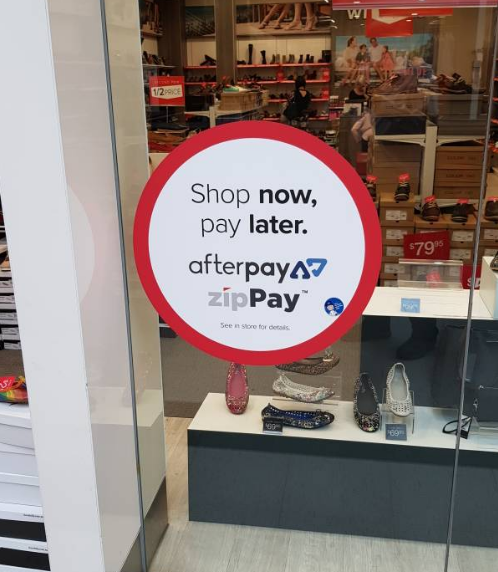
There is an old saying, "There is no going back."
Although BNPL companies' share prices and valuations are down, their products in the marketplace are still as strong as ever. Growth in BNPL, although slower, is expected to increase. Also, the market is expected to grow as many players like banks and apple are moving into this space. Whether the existing BNPL companies can exist as viable stand-alone businesses remains to be seen. Most feel these BNPLs will soon be absorbed into traditional finance companies and banks; however, the customers will not be significantly affected and will continue to buy as usual. What may change is that the primary decision to use BNPL will shift away from the store. The CBA system does not have any store input.
The belief that many retail experts had was that laybys would become more popular has not happened. Consumers are *NOT* turning back to layby, nor do I see retailers keen on going back to layby either. To a retailer, a layby sale, unlike a BNPL, is a messy problem sale. It has high administration costs, legal issues and high risks of cancellation. Besides, why should the retailer share the risk of bad debts if they can avoid them? Also, most feel that a typical BNPL customer spends more than a regular layby customer, so they want more BNPL sales rather than layby. Also, a BNPL is vested in pushing its client to buy, and they do bring customers; no one is pushing a layby customer to come.
Our advice is unchanged, offer layby for those that want it; your POS System can handle it, but make sure you can take BNPL.
Do not create unnecessary problems for your customers to pay.
One caveat here, you need an item to cover your BNPL fees, plus BNPL often does put conditions on what you can do, e.g. some items cannot be sold under BNPL.


